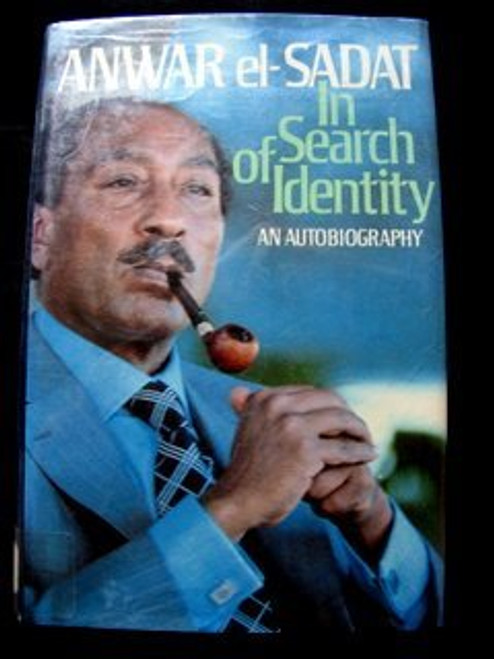Product Overview
*Includes pictures
*Includes quotes from the leaders about each other and their lives
*Includes footnotes and a bibliography for further reading
Gamal Abdel Nasser has been called many things. The father of modern-day Egypt. The founder of Arab nationalism. The leader of the Egyptian Revolution. The second president of the Egyptian Republic. The creator of his own brand of political and social governance Nasserism. Anthony Eden, the former British Prime Minister, called him the Mussolini of the Nile.
Nasser was all of these things and much more. Indeed, he led the revolution that overthrew the monarchy of Egypt and subsequently shaped and led the new Egyptian government. He became a prominent regional and world leader, playing a significant role in the Non-Alignment Movement that he co-founded, formed during the midst of the Cold War. He led his country toward modernization and industrialization, implementing social and economic reforms focused on strengthening the nation and improving the lives of the people. Yet, Nassers legacy goes beyond state governance and policies; his name, to this day, evokes great emotion among Egyptians and much of the Arab world. His funeral in 1970 drew millions of mourners and an outpouring of genuine grief across the Arab world.
In addition to working to carve a path for a new Egypt, Nasser aimed to help the rest of the Arab nations of the Middle East by uniting the historically uncooperative Arab countries and encouraging them to act as a united front. Nasser was not the first to see that Arab countries more often than not had much in common, including resources, political policies, and social structures, but he was the first to take action and work to get the Arab countries to work together. The concept of pan-Arabism that Nasser furthered during his presidency had lasting impact on the region that continued decades after his death. Nasser continues to remain an iconic figure in the region, symbolizing Arab dignity, pride, and unity.
A significant figure in his own right, Sadat was determined to set himself apart, but he was often compared to his good friend and predecessor Gamal Abdel Nasser. However, this was a man who was passionate about more than just peace; he fought diligently for the stabilization and growth of his country, for the implementation of a wide-reaching open-door economic policy, and for the strengthening of the Egyptian culture, spirit, and nation. Though he was often seen as the protg of Nasser, and he certainly was, he proved to be much more than that as he made a significant effort to emerge from his predecessors shadow.
As with many historic moments that inspired significant change, not everyone was supportive of Sadats peace efforts. Only two years after the signing of the Egyptian-Israeli Peace Treaty, President Sadat was assassinated by members of an Islamic fundamentalist group, the Egyptian Islamic Jihad, in October 1981. As a president who succeeded the revolutionary Gamal Abdel Nasser and was succeeded by the long-reigning Hosni Mubarak, Sadat and his legacy are often overshadowed by the forceful prowess and authoritative legacies of Nasser and Mubarak, his presidency reduced to the peace treaty and the subsequent Nobel Prize he received. In fact, Sadat appeared to have suffered from a misrepresented image for much of his military and political career.
Over three decades since the death of Sadat, the Middle East and the world still wonder, discuss, and debate his legacy. Gamal Abdel Nasser and Anwar Sadat chronicles the life and legacy of one of Egypts two famous presidents. Along with pictures of important people, places, and events, you will learn about Nasser and Sadat like never before.







